
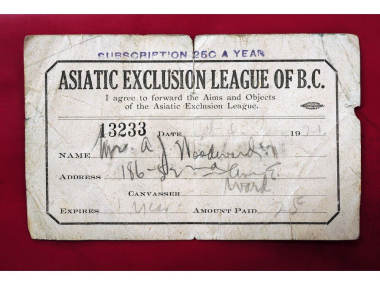
The Asiatic Exclusion League is formed to prevent immigration
The Asiatic Exclusion League, a white supremacist organization that starts in the United States and expands to Canada, is formed with the goal of preventing the immigration of people of Asian heritage.
05/14/1905

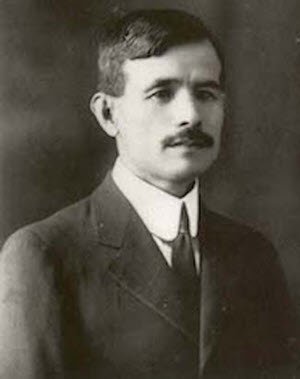
Takao Ozawa v. United States
In 1915, Ozawa files for United States citizenship under the Naturalization Act of 1906, which allows only “free white persons” and “persons of African nativity or persons of African descent” to naturalize. In 1922, the United States Supreme Court finds Ozawa, a Japanese American who is born in Japan but lived in the United States for 20 years, ineligible for naturalization. This decision strengthens and reaffirms the racist policies of U.S. immigration. With successful judicial backing, policymakers pass more anti-Asian laws, a trend that continues until the Civil Rights Movement of the 1960s.
11/13/1922

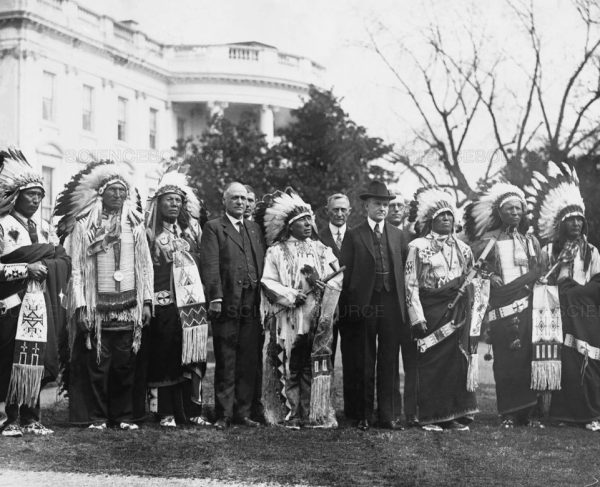
Indian Citizenship Act
The Indian Citizenship Act grants Native Americans full citizenship, but many states still disenfranchise them at the polls.
01/01/1924

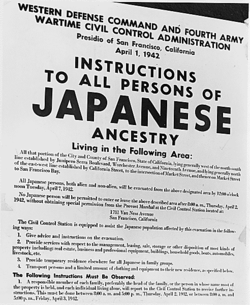
President Roosevelt signs Executive Order 9066 into effect
Encouraged by officials at all levels in the hysteria of World War II, President Franklin D. Roosevelt authorizes the internment of more than 120,000 American citizens of Japanese ancestry and resident aliens from Japan. The order isn’t formally rescinded until the late 1970s, and in 1988 Congress passes the Civil Liberties Act, which states that a “grave injustice” was done to Japanese American citizens and resident aliens during World War II. It also establishes a fund that pays $1.6 billion in reparations to formerly interned Japanese Americans or their heirs.
02/19/1942

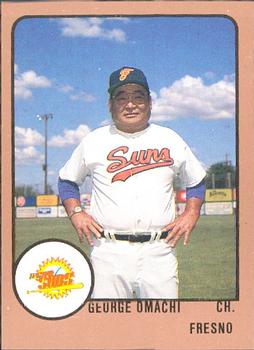
George Omachi, Japanese Americans take up baseball in internment camps
Per the orders of President Franklin D. Roosevelt in 1942, more than 120,000 Japanese Americans are placed in internment camps. As part of that executive order, teenager George Omachi and his family are taken by train from their home in California to Jerome War Relocation Center in Denson, Arkansas. After the Omachis arrived in Arkansas, George took part in camp baseball, becoming a player for the Denson All-Stars. “Without baseball, camp life would have been miserable. … It was humiliating, demeaning, being incarcerated in our own country.” He continued to play and coach baseball for several teams at several levels. In 1968, he began scouting in the MLB.
10/06/1942

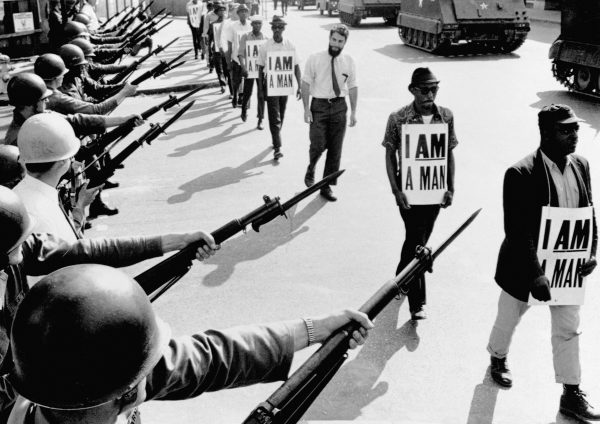
Civil Rights Movement
The civil rights movement was a struggle for social justice that took place mainly during the 1950s and 1960s and sought equal rights under the law for African-Americans in the United States. The movement achieved its largest legislative gains in the mid-1960s, after years of community organizing and direct actions. In addition to civil rights leaders, many athletes who were also impacted personally brought attention to this movement and supported its mission.
01/01/1954

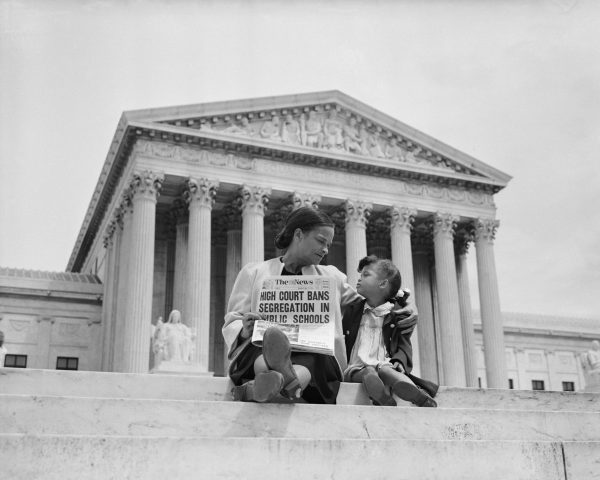
Brown v. Board of Education Decision : The Supreme Court Decision Dismisses “Separate but Equal” in Public Schools
Brown v. Board of Education of Topeka was a landmark Supreme Court case in which the justices ruled unanimously that racial segregation of children in public schools was unconstitutional. The decision helped establish the precedent that “separate-but-equal” education and other services were not, in fact, equal at all.
05/17/1954

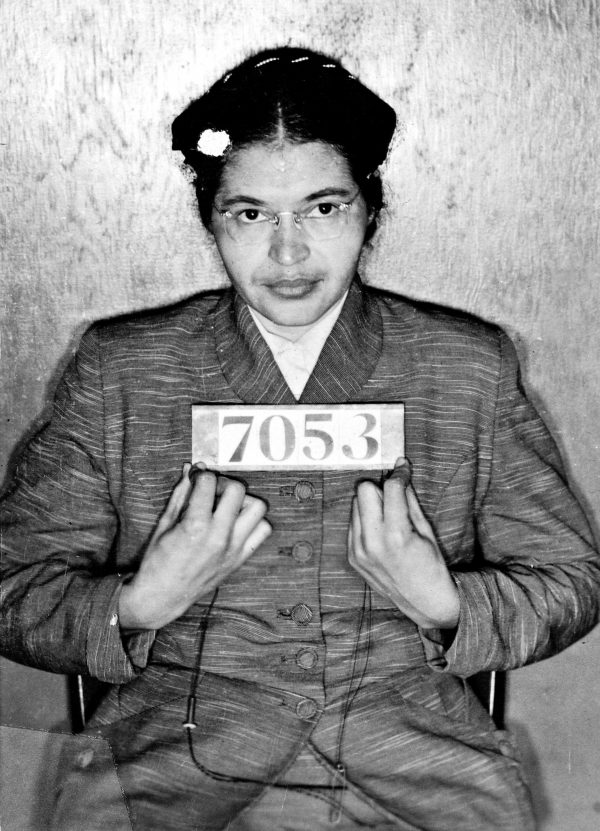
Rosa Parks arrested
On the evening of December 1, 1955, Rosa Parks, refused to give up her seat on a bus to a white man in Montgomery, AL. She was arrested for disobeying an Alabama law requiring black passengers to give their seats to white passengers when the bus was full. This incident contributed to Montgomery Bus Boycott, a 381-day boycott of the Montgomery bus system led by the Rev. Dr. Martin Luther King Jr. that resulted in a 1956 Supreme Court decision banning segregation on public transportation.
12/01/1955

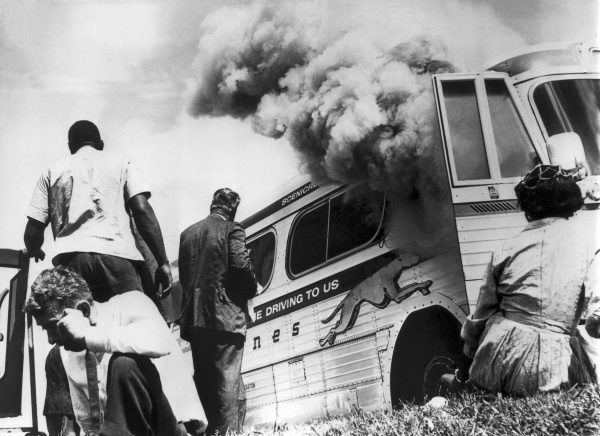
Freedom Riders
Students from the Congress of Racial Equality (CORE) launched the Freedom Rides to challenge segregation on interstate buses and bus terminals. Traveling on buses from Washington, D.C. to Jackson, Mississippi, the riders met violent opposition in the Deep South.
01/01/1961

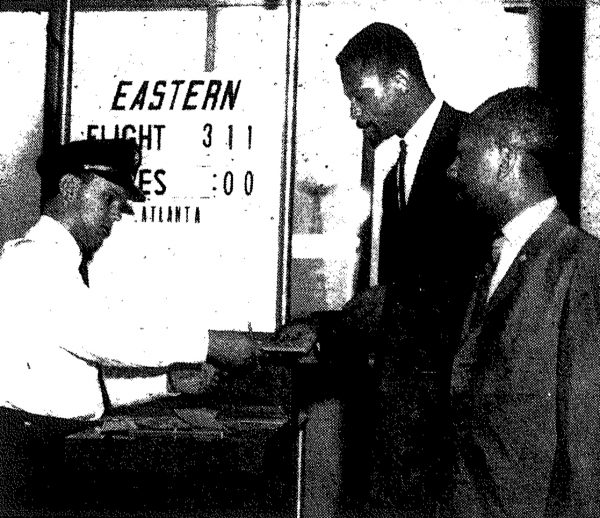
Bill Russell hosts first integrated basketball camp in Mississippi
Medgar Evers, the first state field secretary of the NAACP in Mississippi and a prominent civil rights activist that worked to enforce Brown v. Board of Education and investigated the murder of Emmett Till, is assassinated in his driveway on June 12, 1963. Following Evers’ murder by a Klansman — who wouldn’t be convicted of the murder until 31 years later — NBA star Russell travels to Mississippi on the invitation of Evers’ brother, Charles, to host an integrated basketball camp in segregated Mississippi. In a 2011 interview, Charles Evers recalls how members of the Ku Klux Klan stood across the street from the playground in efforts to intimidate Russell and organizers. The night before the camp, Charles, rifle in hand, was standing guard in Russell’s hotel room as there were several threats of violence.
01/01/1963

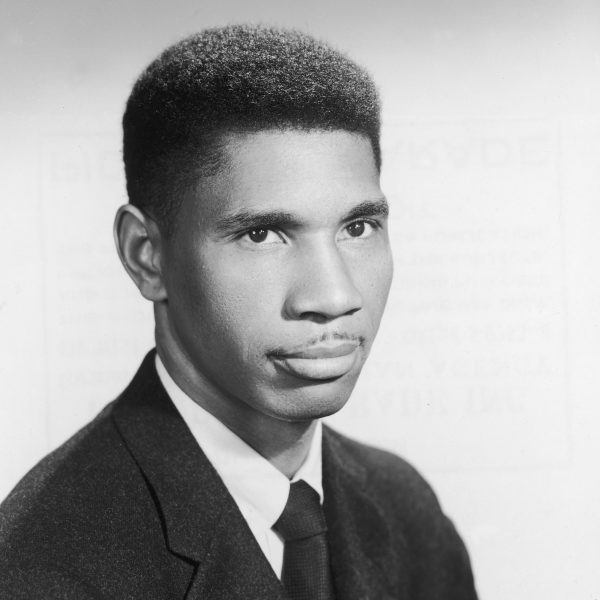
NAACP Leader Medgar Evers is assassinated
Medgar Evers was the first state field secretary of the NAACP in Mississippi and a prominent civil rights activist. Through his work he fought for the enforcement of the Brown v. Board of Education, was instrumental in gathering evidence and witness for the investigation of the murder of Emmett Till and, led voter registration efforts. He was assassinated in the driveway of his on home and the outrage following his death increased support for legislation that would become the Civil Rights Act of 1964.
06/12/1963

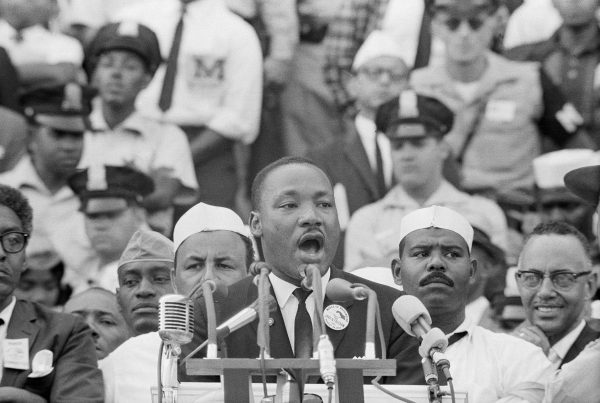
Martin Luther King, Jr. delivers his “I Have a Dream” speech at the March on Washington
The “I Have a Dream” remains one of the most famous speeches in history. King uses universal themes to depict the struggles of African Americans before closing with an improvised riff on his dreams of equality. The eloquent speech endures as one of the signature moments of the Civil Rights Movement.
08/28/1963

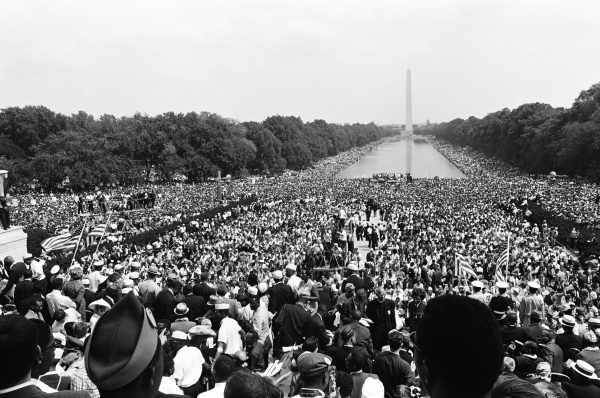
The March on Washington for Jobs and Freedom
On August 28, 1963, more than 200,000 demonstrators took part in the March on Washington for Jobs and Freedom in the nation’s capital. The march was successful in pressuring the administration of United States President John F. Kennedy to initiate a strong federal civil rights bill in Congress. During the event, Dr. Martin Luther King, Jr. delivered his memorable “I Have a Dream” speech. Athletes such as Bill Russell and Jackie Robinson also participated in the march.
08/28/1963

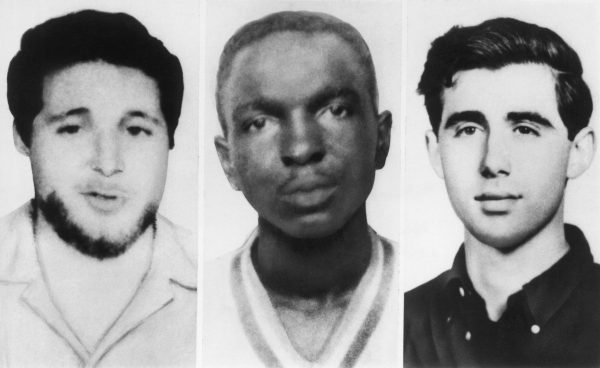
Freedom Summer – Volunteers campaign to register as many African American voters in Mississippi as possible and are met with violence.
Freedom Summer was a 1964 voter registration project in Mississippi, part of a larger effort by civil rights groups such as the Congress on Racial Equality (CORE) and the Student Non-Violent Coordinating Committee (SNCC) to expand black voting in the South. The national attention garnered from the violence volunteers encountered is seen as a catalyst in the Civil Rights Movement.
06/01/1964

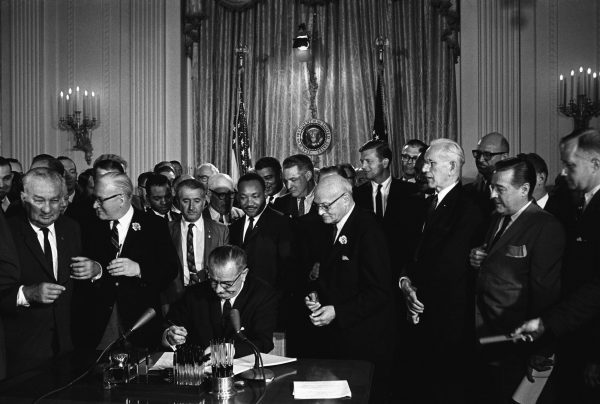
Civil Rights Act of 1964
The Civil Rights Act of 1964 was comprehensive legislation that outlawed discrimination on the basis of race, color, religion, sex, or national origin, required equal access to public places and employment, and enforced desegregation of schools and the right to vote. It was signed into law by President Lyndon B. Johnson.
The 24th Amendment outlaws poll taxes, or tax fees, used to discourage poor people from voting.
07/02/1964

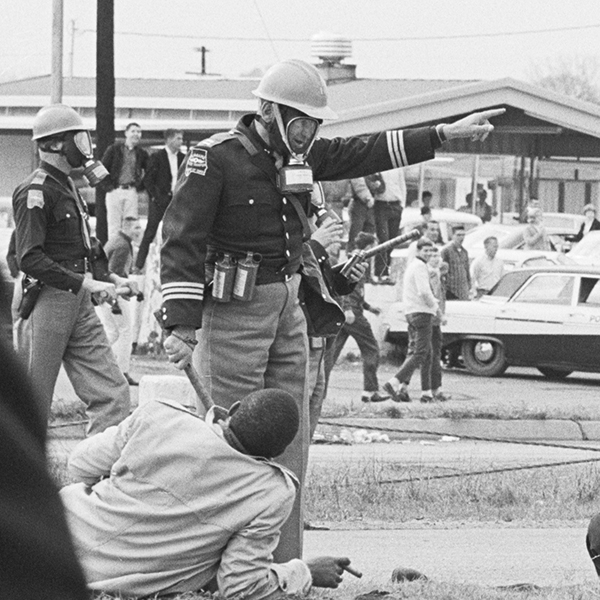
Bloody Sunday
More than 500 non-violent civil rights marchers are attacked by law enforcement officers while attempting to march from Selma to Montgomery, Alabama to demand the need for African American voting rights.
03/07/1965

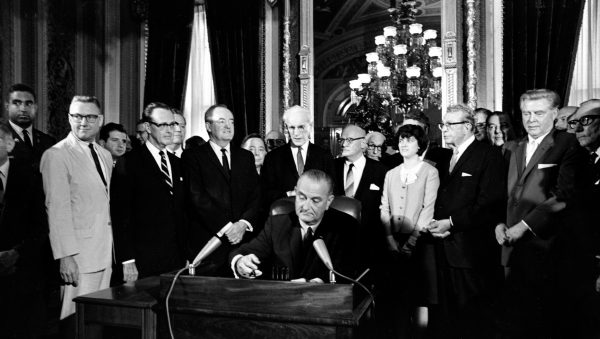
Voting Rights Act
The Voting Rights Act enforces the 15th Amendment by explicitly stating that obstacles, such as literacy tests or complicated ballot instructions, are against federal law.
08/06/1965

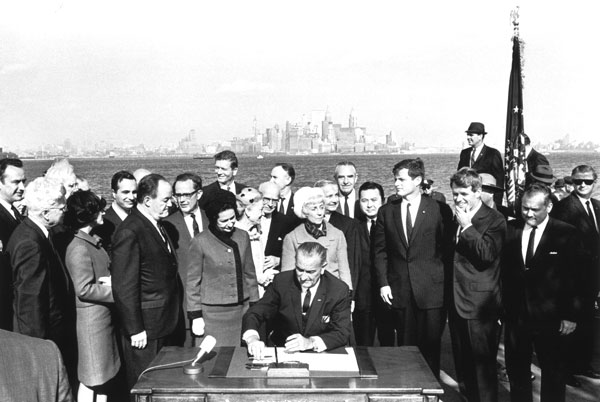
President Lyndon Johnson signs the Hart-Celler Immigration Act
The Hart-Celler Act literally changes the face of America. Also known as the The Immigration and Nationality Act of 1965, it ends an immigration-admissions policies based on race and ethnicity and ends policies prioritizing immigrants from western and northern Europe which promoted the ideal of U.S. homogeneity. Beginning in 1965 when the Hart-Celler Act abolished racial quotas, the demographic makeup of America begins changing, as immigrants entering the United States under the new legislation came increasingly from countries in Asia, Africa and Latin America, as opposed to Europe. When signing the act, President Johnson said, “This bill that we will sign today is not a revolutionary bill. It does not affect the lives of millions. It will not reshape the structure of our daily lives. … Yet it is still one of the most important acts of this Congress and of this administration. For it does repair a very deep and painful flaw in the fabric of American justice. It corrects a cruel and enduring wrong in the conduct of the American nation.”
10/03/1965

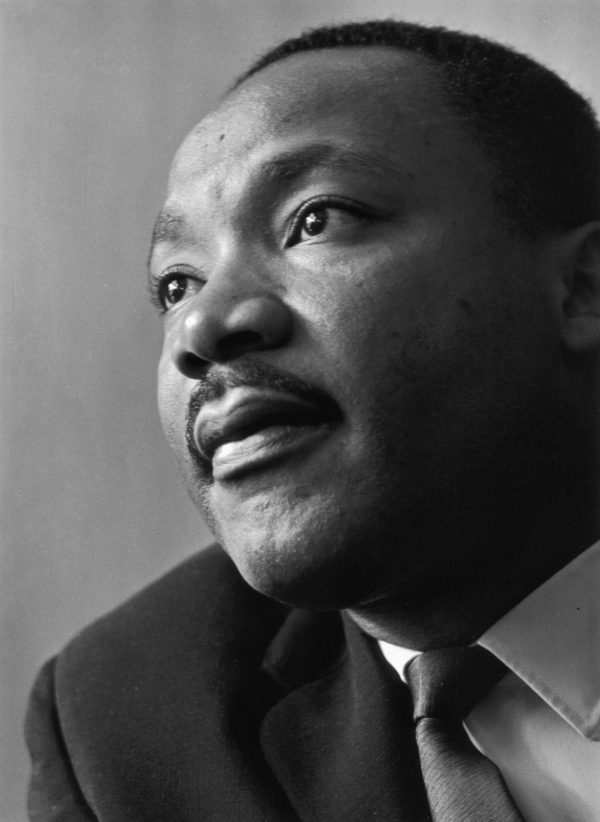
Rev. Dr. Martin Luther King is assassinated
Dr. Martin Luther King, Jr.’s less than thirteen years of nonviolent leadership ended abruptly and tragically on April 4th, 1968, when he was assassinated at the Lorraine Motel in Memphis, Tennessee. Dr. King’s body was returned to his hometown of Atlanta, Georgia, where his funeral ceremony was attended by high-level leaders of all races and political stripe.
04/04/1968

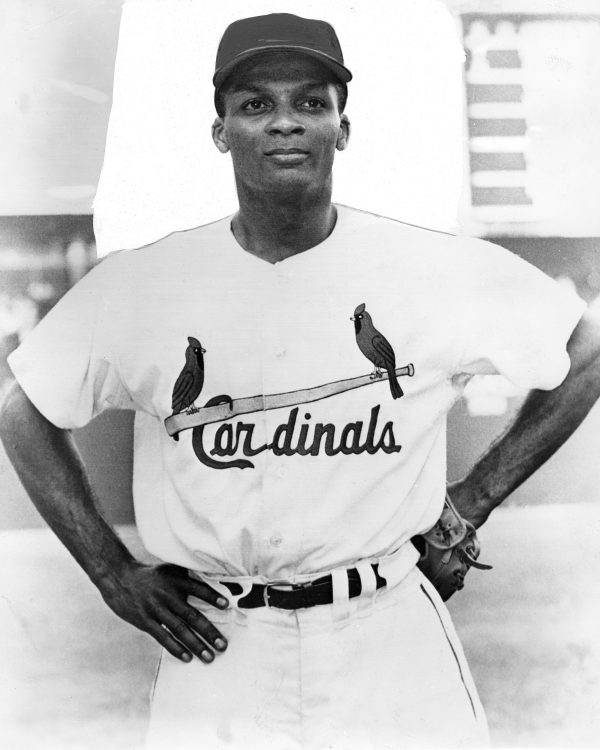
Curt Flood & the advent of free agency
After the 1969 Major League Baseball season, the St. Louis Cardinals traded Curt Flood to the Philadelphia Phillies, a transaction the seven-time Gold Glover and 12-year major league veteran had no choice but to accept because of MLB’s Reserve Clause, which bound players to their club for as long as the team saw fit and allowed teams to trade or release players on a whim while affording players no freedom of movement. Flood, who had endured racism throughout his career and fought for racial justice off the field during the Civil Rights Movement, refused to play for the Phillies having put down roots in St. Louis, comparing the reserve clause to a form of slavery. On Christmas Eve, he wrote to MLB Commissioner Bowie Kuhn: “I do not feel that I am a piece of property to be bought and sold irrespective of my wishes…I believe I have the right to consider offers from other clubs before making any decisions.” After Kuhn denied his request, Flood sued Major League Baseball over the reserve clause, but ultimately, a 5-3 Supreme Court ruling in 1972 sided with baseball. Flood paid with his career, sitting out the 1970 season and playing only 13 games in 1971 with the Washington Senators. But his sacrifice opened the door for future players across sports. Inspired by Flood, MLB Players Association Executive Director Marvin Miller found two players – the Dodgers’ Andy Messersmith and Orioles’ Dave McNally – willing to play the 1975 season without a contract, and then attacked the reserve clause again, fighting for the player freedom Flood had tried to attain just a few years earlier. Arbitrator Peter Seitz agreed, and his landmark ruling paved the way for collectively bargained free agency as we now know it. “I doubt Curt or anyone – on or off the field in any sport — could fully contemplate the significance of the stance he took back in 1969,” current MLB Players Association Executive Director Tony Clark told USA TODAY in 2019, “but as a child and student of the civil rights movement, Curt had a heightened sense of awareness about justice and fairness. The stand he took affected all athletes who have enjoyed free agency for the last half century.”
12/24/1969

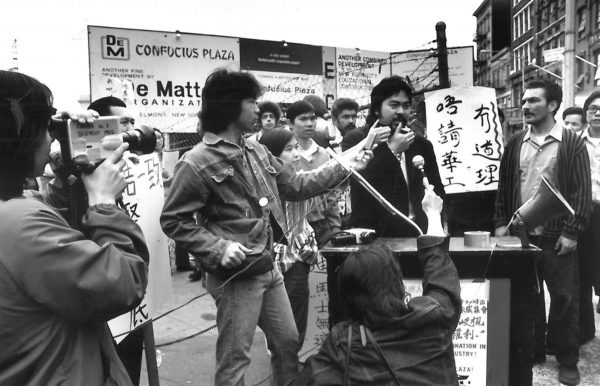
Asian Americans for Equality peacefully protest
Moved to action by a developer who refuses to hire Asian workers for the massive Confucius Plaza construction project, local activists raise their voices and stage months of protests to finally prevail. DeMatteis Corp. eventually relents, agreeing to hire 27 minority workers, Asians among them. It was a major victory for the community and immediately establishes Asian Americans for Equal Employment as an organization that people could rely on. Reflecting on the dramatic events of 40 years ago, AAFE Executive Director Chris Kui says protest among New York Asians wasn’t just rare, it was unheard of at that time. “I remember the Asian community was afraid to speak up about issues they faced … lack of access to equal employment or services.”
05/16/1974

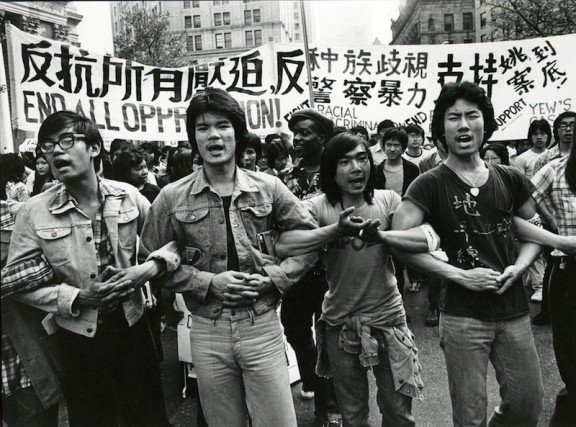
Asian Americans for Equality protest treatment of Peter Yew
Yew, a young Chinese American living in New York City’s Chinatown, intervenes when he sees police beating a 15 year-old whom they had stopped for a traffic violation. For his concern, Yew is beaten himself on the spot and again back at the police station, where he is charged for resisting arrest and assaulting an officer. A rally against police brutality at City Hall brings out 20,000 protesters and forces the closure of most Chinatown businesses. After weeks of public pressure, all charges are dropped against Yew on July 2. Chris Kui, executive director of Asian Americans for Equality, also remembers it as a turning point: “There was a lot of discussion within the community. Some people said ‘Let’s not make trouble … it could hurt our future.’ Others even said ‘This isn’t really our country.’ But a whole new generation had a different view and said ‘This is our country. We have rights. Let’s fight for those rights.’”
04/26/1975

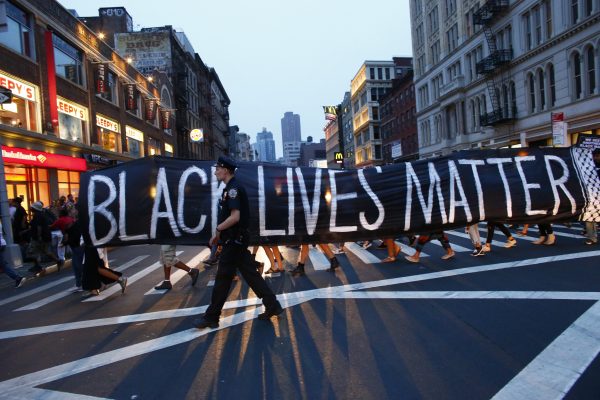
Black Lives Matter
The Black Lives Matter Movement began with three women in their late 20s and early 30s to protest violence and systemic racism against black people. The movement exploded into national view in 2014 after the police killing of Michael Brown in Ferguson, MO. Among many other things, this movement has helped empower communities into fully becoming civic activists – electing candidates they believe in and protesting unjust policies.
01/01/2013

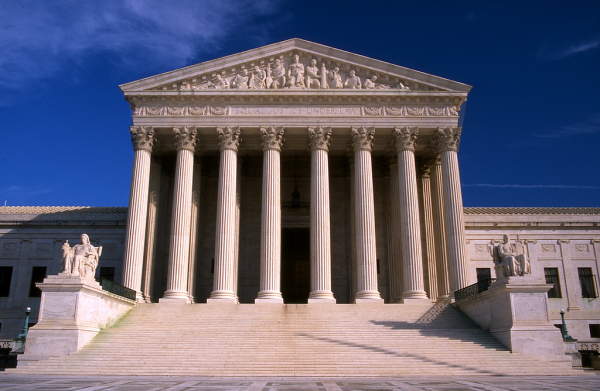
Shelby County v Holder
Landmark Supreme Court case strikes down major parts of the Voting Rights Act, allowing states to pass laws that could potentially restrict voting.
06/25/2013

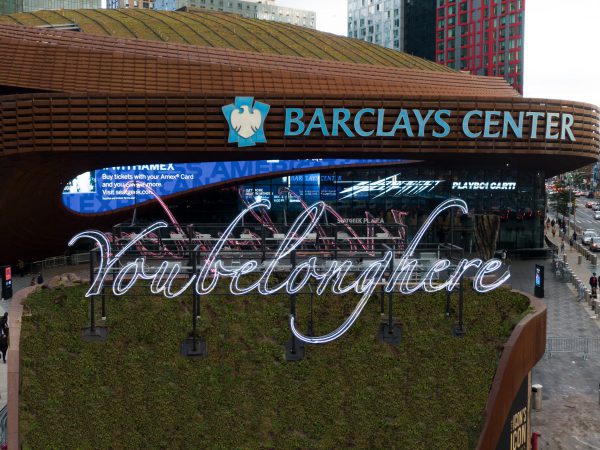
The Plaza at Barclays Center becomes Hub for Social Justice Activism
The public space outside of the Barclays Center, home to the Brooklyn Nets and New York Liberty, has been the scene of a variety of protests and other gatherings starting with the 2020 demonstrations following the murder of George Floyd. “We belong here” and “You belong here” signage at the front and rear entrances, respectively, serves as a constant affirmation and call to action.
06/01/2020

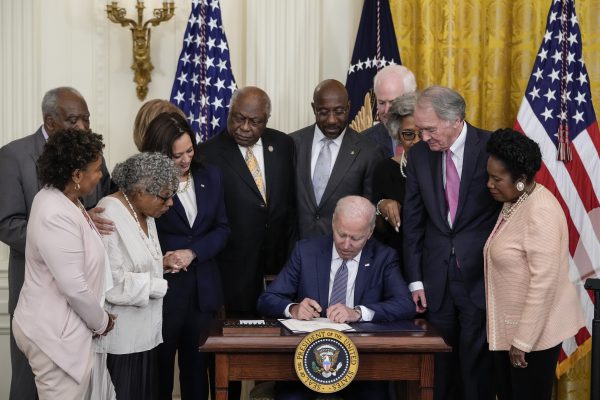
Juneteenth recognized as federal holiday
Following the murder of George Floyd in May 2020, leagues, teams and athletes across professional sports widley recognize and celebrate Juneteenth — the commemoration of the end of slavery in the United States. Leagues such as the NBA and NFL and teams such as the NHL’s San Jose Sharks and MLS’ Real Salt Lake leverage their platforms to engage in conversations on racism and social justice and provide resources to fans on how they can further their education around issues of race and support the Black community. Momentum builds and one year later, in June 2021, President Joe Biden signs a bill to recognize Juneteenth as a federal holiday.
06/19/2021


Olympic Protests
Athletes from around the world leverage their platforms to protest racism and injustice during the Tokyo Olympics. American shot-putter Raven Saunders and fencer Race Imboden both flash an “X” on the medal stand to represent the “intersection of where all people who are oppressed meet.” Hammer thrower Gwen Berry raised her first to protest racial injustice before her event, while members of the U.S. Women’s National Soccer Team kneeled before the start of their opening match for the same cause. So too did women’s soccer players from Great Britain, Chile, New Zealand and Japan. Costa Rican gymnast Luciana Alvarado took a knee and put her first in the air after finishing her floor routine. The International Olympic Committee’s longstanding Rule 50 bars athletes from expressing any form of political or social protest before, during or after competition. But leading up to the Tokyo Olympics, the IOC says it will allow athletes to participate in social activism while on the field of play before their events begin, though still preventing athletes from protesting during competition or while on the medal podium. The following day, the World Players Association union announces it will cover legal fees for any athletes who face punishment for such public demonstrations. On the day of opening ceremony in Tokyo, more than 150 athletes, academics and social justice advocates, including RISE, sign an open letter demanding changes to Rule 50 and urging the IOC to “refrain from imposing sanctions on athletes protesting and demonstrating.” The USOPC had decided in December 2020 not to punish its athletes for on-field demonstrations.
08/01/2021